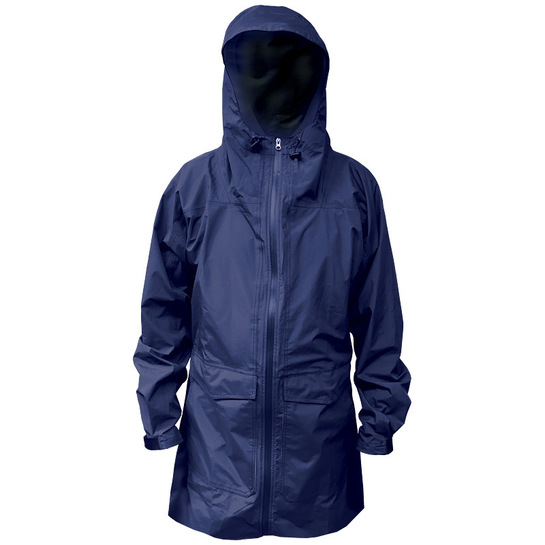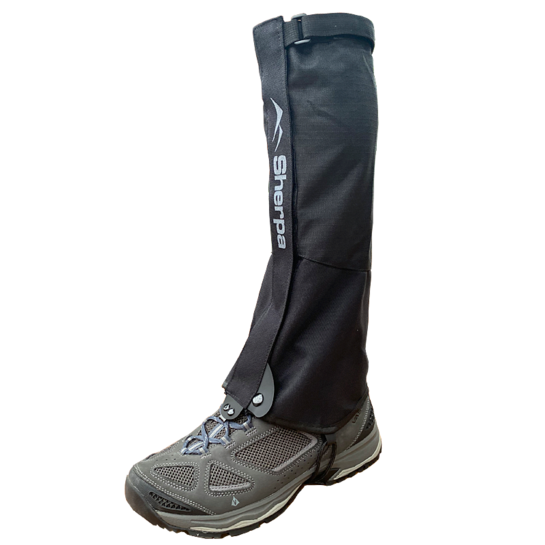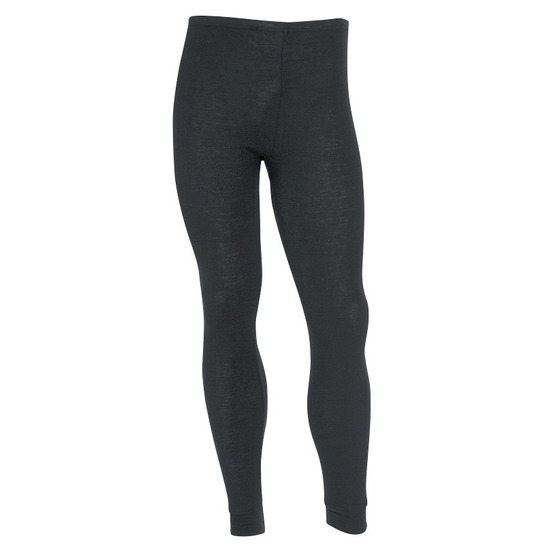What is a Sleep System?
A lot of outdoor companies mean different things when they talk about ‘sleep systems’. For us, we’re referring to how four crucial bits of gear work together—your sleeping bag, sleeping mat, sleeping liner and pillow. If you want peak performance from your sleep set-up, consider how these four components integrate with each other. That way, you’ll end up with a sleep system that will be compact, light, warm and comfortable enough for many adventures to come.
Things to Consider
-
Temperature & Climate
Your sleeping bag, mat and liner all work together to insulate you from the elements. Think about how these three components all add up to your ideal sleeping temperature, instead of just going for the warmest bag on offer. Try to avoid buying a sleeping bag without knowing what kind of mat you’re going to pair it with. A good sleeping bag on an inadequate sleeping mat won’t insulate you from the cold, hard ground. And when the mercury drops below the frost threshold, the ground may be a lot colder than the air.
Sleeping Mats
When is comes to temperature control it is important to look at the R-Value of a mat. R-value is the industry standard way of determining resistance to heat loss for sleeping mats. Sea to Summit gets production versions of their mats independently tested at the EMPA laboratories in Switzerland. In the test, heat is applied to a plate on one side of the mat, and measurements are taken via a plate on the other side of the mat to determine how much energy per given area is necessary to raise the temperature of the second plate by a given amount. The result is a definitive measurement of the resistance to heat loss through the mats.
R Value 0-1 (Summer) | R Value 1-2 (Late Spring/Early Autumn) | R Value 3-4 (Early Spring/Late Autumn) | R Value 5 + (Winter)
Sleeping Bags
The temperature of a sleeping bag is represented by the EN rating. The EN13537 is a European standard for sleeping bags that provides three temperature levels to help guide you when choosing a bag. PRO TIP: Remember the EN rating for your sleeping bag was calculated when it was paired with a mat with an R-value of 4. If your mat has a lower R-value, your bag won’t perform the same way.
- Comfort – The temperature at which a standard woman can expect to sleep comfortably in a relaxed position. If you are female or consider yourself a cold sleeper, use this rating to decide the coldest temperature the sleeping bag is suitable for.
- Lower Limit The temperature at which a standard man can sleep for eight hours in a curled position without waking. If you consider yourself a warm sleeper, use this rating to decide the coldest temperature the sleeping bag is suitable for.
- Extreme This is a survival only rating for a standard woman. Between the lower limit and the extreme rating a strong sensation of cold must be expected and there is a risk of health damage due to hypothermia. This is an extreme survival rating only; we do not recommend you rely on this rating for normal use.
Sleeping Bag Liners
Liners play an important role in the insulation equation too. Your mat and bag need to work together to cater for the coldest air and ground temperatures you’ll be sleeping in. But what if you only sleep at these colder temperatures once a year—and the rest of the year in warmer climates? You could end up paying for, and carrying around, a lot more insulation than you need. A liner can add up to 12 degrees to your sleeping bag and is great for personal hygiene.
Weight & Packed Size
There are a lot of adventures that will require you to carry all your kit on your back, your bike or your kayak—and weight and packed size will be important on these kinds of trips. You start to feel those extra grams when you’ve been hauling around your kit for days, weeks or months at a time. Think of how much weight you want to carry in total. Now, how do you want to distribute that weight allowance across your sleep system? If you have a heavier synthetic bag (they’re great in wet conditions), you might want to pair it with the lightest mat. Want to spring for the deluxe pillow and fleece liner? A minimalist down bag and ultralight mat might even out the scales.
Comfort
Don’t underestimate how important comfort is on the trails. It’s the little things that can keep you tossing and turning all night—from a pillow that keeps moving around your mat to a fitted mummy-shaped liner that stops you from stretching out in your roomy sleeping bag. Well-designed sleeping gear should integrate to eliminate these little annoyances. Take, for instance, the PillowLock System. One downside of an ultralight pillow is that a sudden gust of wind can have it sailing off on its own adventure. All Sea to Summit mats come standard with the PillowLock™ patches, which secure your pillow to the top of your mat for a slip-free sleep. Look out for features like this that can optimise your rest and recovery on your outdoor adventures.
If you can’t find what you are looking for on our website we can order it in for you. Get in touch to order in your favorite Sea to Summit Sleep System products.

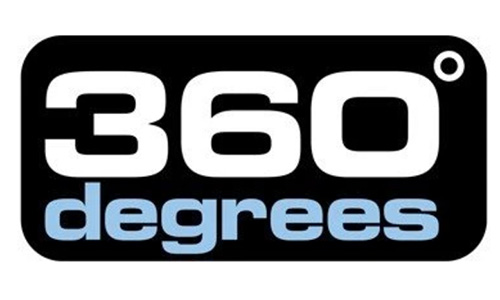





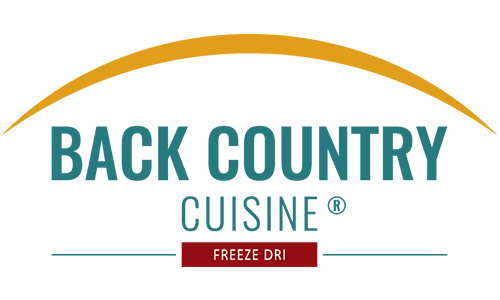

































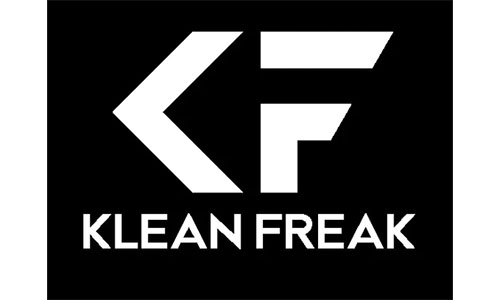

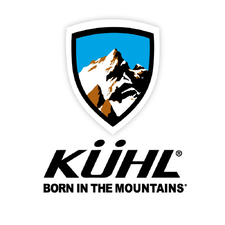


























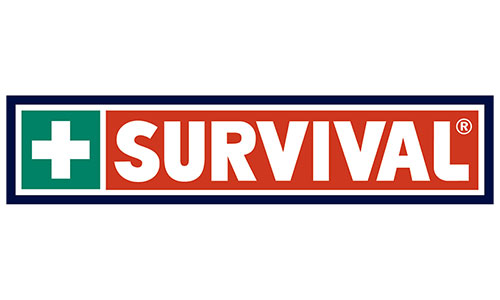






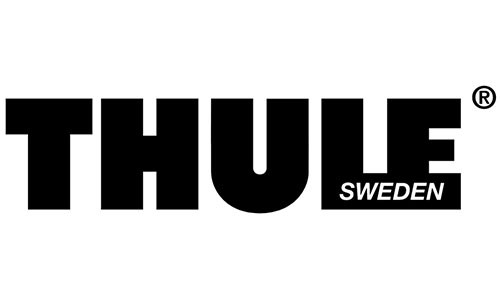

















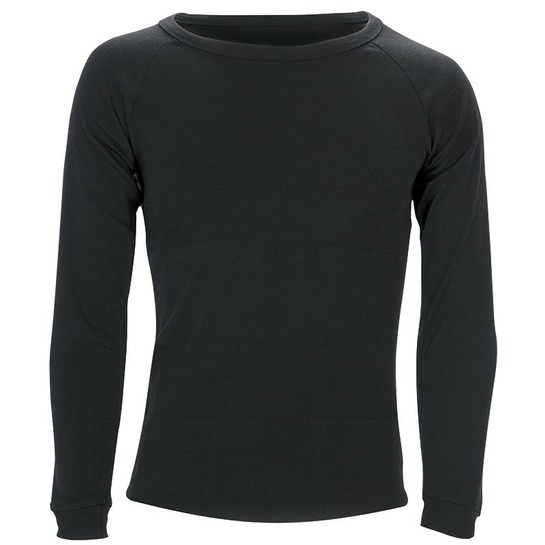

 Ships Free
Ships Free

